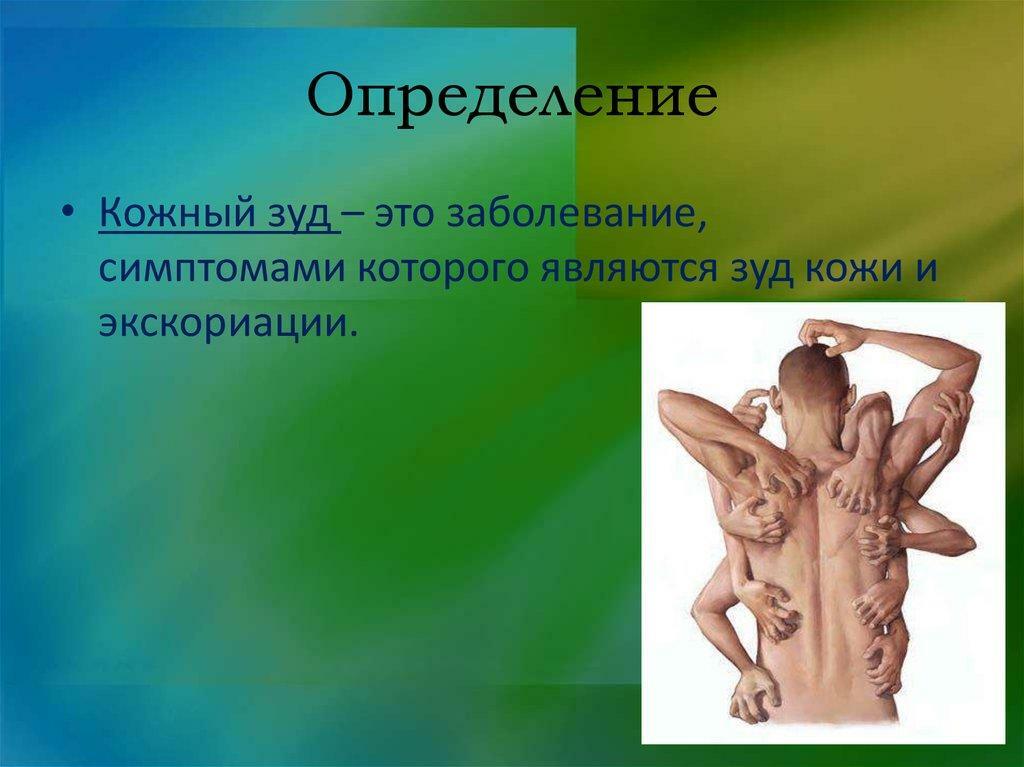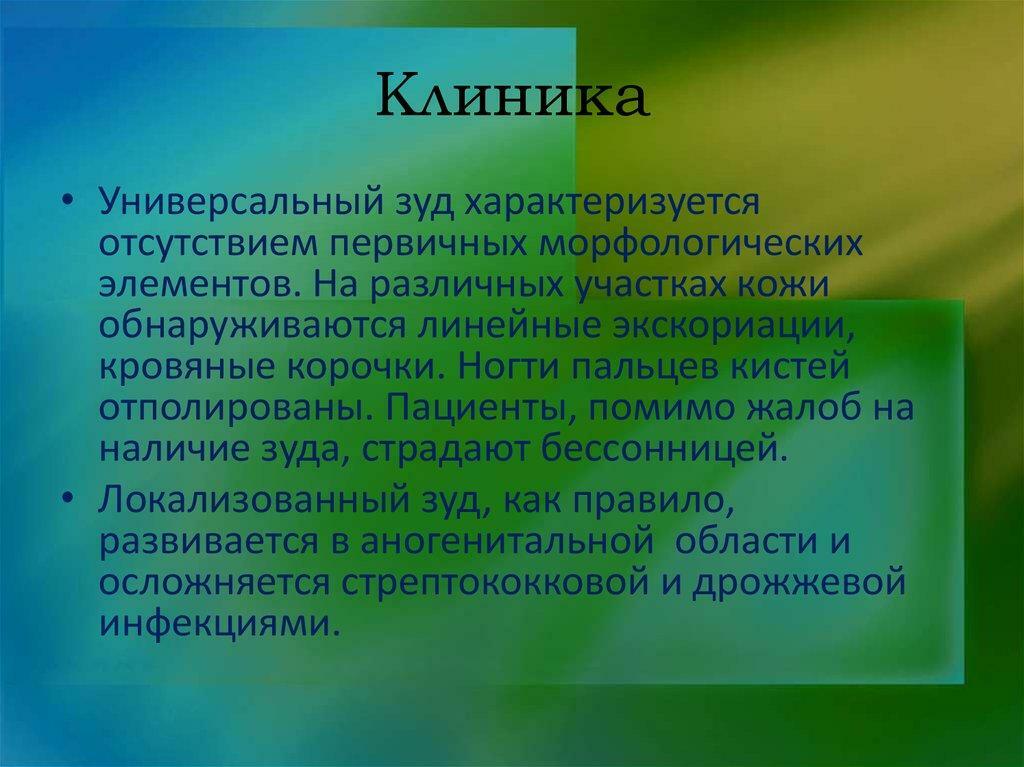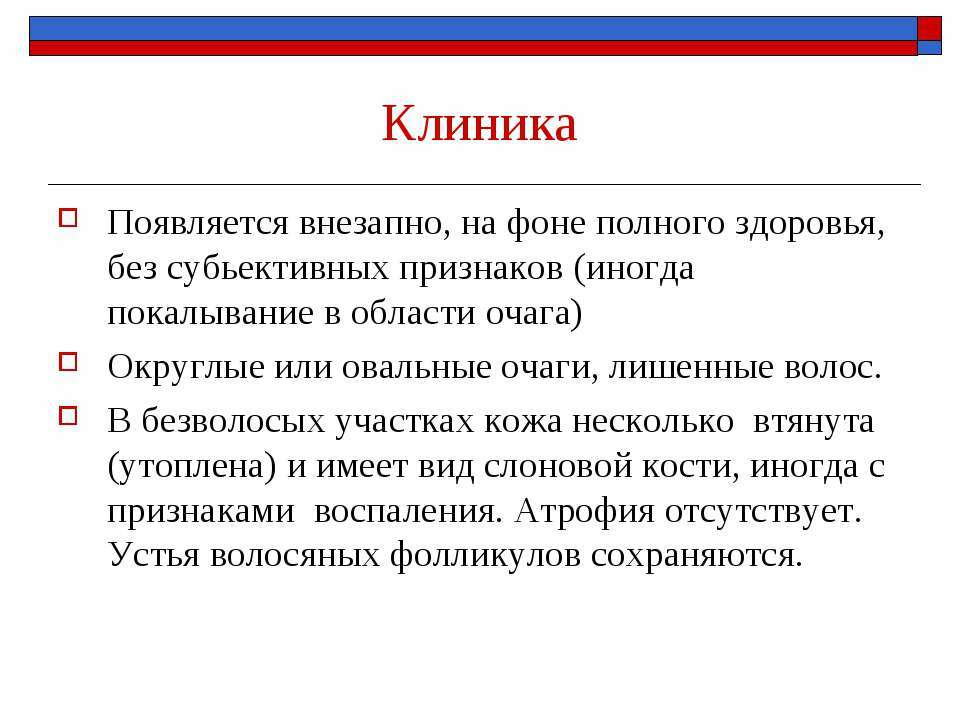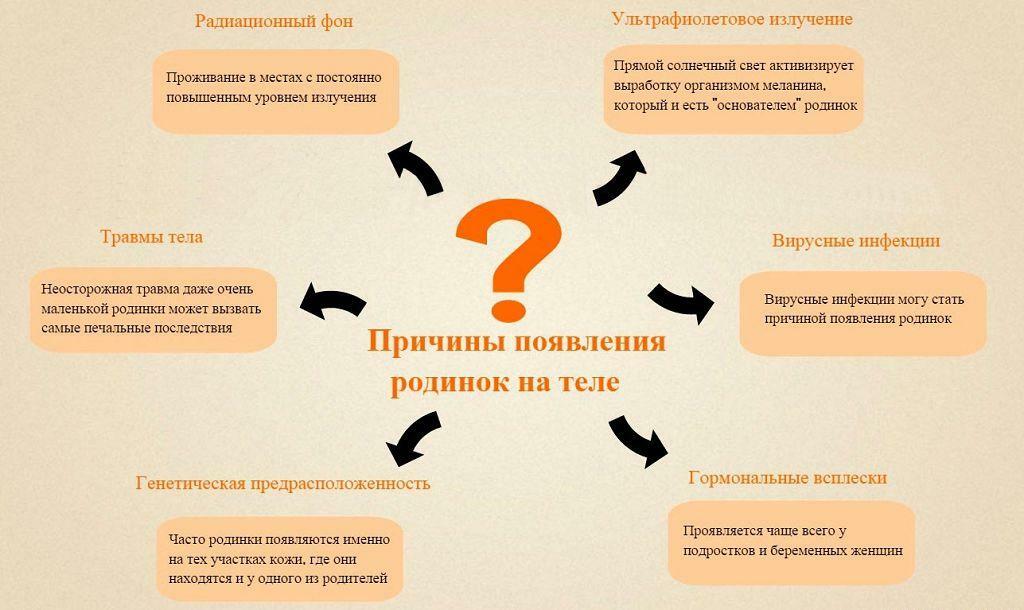| Weakness of the anal sphincter | Primary localization - perianal area, perineum |
| Straight rectum | Basically itching is concentrated in the anus region |
| Vegetative dysfunction | May spread to the entire anogenital zone |
| Red planus lichen | May be on the entire anogenital area |
| Scabies | Mostlydevelops on areas of the skin where there is a scalp |
| Pediculosis | Genital area |
| is more often affected Seborrheic eczema | Processcan spread to the entire anogenital zone |
| Allergic dermatitis | The area of the anus and genitals is often involved |
| Progressive form of psoriasis | There is no clear localization, there can be a wide spread to all areas of |
| Acute eczema | No clear localization, there can be a wide spread to allarea |
| Mycoses, skin candidiasis | The perianal and genital areas of |
| are most often affected Parasitic infestations of | The most susceptible regionin the anus |
| Gonorrhea, trichomoniasis | Genital area |
| primarily affects the genital herpes | Itching manifests itself in the genital area of the |
| Gastric and duodenal ulcers - gastritis, peptic ulcer, polyps | Primary anal region lesions |
| Bowel disorders - motor disorders,colitis, microflora disorders, hemorrhoids, cracks, fistulas, anogenital warts, genital warts | Primary lesion of the anal region and perineum |
| Diabetes mellitus | Very common, covers the entire anogenital area |
| Ovarian inflammation, erosive lesions of the cervix | Sensations of itching in the genital area and perineum |
| Prostatitis | Itching can be both in the crotch area and cover the entire anogenital area |
| Urethritis, cystitis | More affected zone of vulva and perineum |
| Kidney stone disease | Genital area |
| Kidney function deficiency | More common in the area of the externalgenital organs |
| Diseases of the liver and bile duct | More common perianal region and perineum. Requires increased hygiene compliance to prevent secondary infection |
| Climax | Distributed to the external genitalia, perineum, anus. Often combined with pruritus of the axillary folds |
| Iron deficiency anemia | Covers the entire anogenital area |
| Polycythemia | Occurs after contact with water. It can develop long before the onset of the underlying disease. It often occurs with itching of other body surfaces. Differs by nature - stinging, burning |
| Prostate cancer | Pronounced pruritus of the scrotum and perineum |
| Malignant neoplasm of the cervix | Itching sensations of the vaginal area and inside |
| Oncological processes of the rectum | Itching of the anal, genital areas, and also of the perineum |
| Depression, hypochondria | The process extends to the entire anogenital area. A distinctive feature is getting pleasure from touching itchy areas and becoming one of the goals for the patient. One of the diagnostic signs in such cases is the feeling of guilt and the habit of combing the itchy places, which helps stabilize and worsen the symptoms of the underlying disease |
| Drug addiction, alcoholism | Often leads to hemorrhoids, which is accompanied by combing the entire anogenital zone |
| Excessive intake of caffeine | The perianal area |
| Allergic reactions | The development of itching depends on the reaction of the human body. All zones of |
| can become involved in the process. Mental illnesses, neuroses | A distinctive feature of the itching with neuroses is the absence of traces of scratching. The affected area can vary from genitalia to the entire anogenital area of the |
| . The elderly age of | occurs in almost half of the people in the field of 70 years. The reason - atherosclerosis, endocrine pathology, increased dryness of the skin |
| Enterobiosis | Often occurs in virgins, can spread to the entire anogenital area |
| Reason for itching | Locations |
|---|
One of the varieties of pruritus of the skin is anogenital, which occurs in characteristic places.
Anogenital itching is a process that extends to:
- External genitalia.
- Perineum.
- The area of the anal opening and the skin around it.

Anogenital itching
Primary and secondary forms of anogenital itching are distinguished:
| Primary | Secondary |
|---|---|
| Develops due to non-observance of hygiene of the external genitalia, anus and perineum. Continuous irritation with urine and calves of the skin develops, which leads to itching, and subsequently to maceration, combing, infection and itching of the | . This process is a symptom of a large number of diseases, which requires timely diagnosis of |
. Anogenital itching also occurs:
- Physiological - for example, the body's reaction to a mosquito bite.
- Pathological - appears in the development of a disease.
For reasons of occurrence, the process is divided into:
- Primary.
- Secondary.
On the basis of the origin factors:
- Itching is of central origin.
- Itching of peripheral origin.

What is pruritus
Important! It is necessary to identify the cause of the itch as soon as possible, as in some cases such a symptom may indicate the development of severe diseases! Do not self-medicate, and immediately seek medical help!
Content of the material
- 1 Reasons for the occurrence of
- 2 Pathogenesis
- 3 Prevalence of
- 4 Manifestations of
- 5 Diagnosis
- 6 Treatment of
- 6.1 Video - Why do people itch
- 6.2 Video - Why does it itch?
Causes of
Aetiological factors that lead to such an unpleasant symptom as anogenital itching are huge. There are a number of diseases in which this symptom becomes an integral part of the disease, bringing a lot of undesirable sensations, and sometimes exacerbating its course.
Anogenital itching can be a sign of the following pathologies:

Medical Aspects of itchy skin
Important! In women, anogenital itching of an unexplained genesis is sometimes encountered. A distinctive feature of this symptom is the absence of damage to the skin and mucous membranes.
Pathogenesis of
At present, the mechanism of development of pruritus is insufficiently studied. The opinions of researchers on this issue are divided. There are two hypotheses of the itching:
- Itching is a changed sensation of pain.
- Itching is a change in tactile sensitivity.
The main difficulty in choosing a clear hypothesis is that itching occurs both in skin areas where there are nerve fiber endings and in areas that have lost sympathectomy.

Pathogenesis of skin itching
Prevalence of
Pathology is more common in women after 40-45 years. Itching, confined to the anal region and perineum, is more common in the male sex.
Manifestations of
Anogenital itching has its own peculiarities:
- The direction of the combs is radial - from the main localization site.
- Mainly has a paroxysmal character.
- Appears more often in the evening, at night, but itch attacks and in the afternoon are not ruled out.
Important! The difference between neurotic itch and mental is that when neurotic itching symptoms are removed with sedative, soothing drugs and there are no changes on the skin. In these cases, external drugs rarely have a therapeutic effect in full.

Etiology of pruritus
Often, itching can lead to the following manifestations:
- Sleep disorders.
- Insomnia.
- Lack of appetite or total refusal to eat.
- Mood deterioration.
- Irritability, tearful.
- Weight loss.
- Loss of interest in the surrounding manifestations.
- Various neurotic signs.
Important! With prolonged itching, a person in the human cerebral cortex develops a focus of pathological excitement. So the itching becomes no longer a protective mechanism of the skin for stimuli, but is the trigger mechanism for the formation of a "vicious circle" at which the receptivity of the nerve receptors changes. The result is a reduction in the threshold of perception and severe itching.
Diagnosis
Since anogenital itching accompanies a large number of diseases, in this case careful diagnosis is required to exclude, primarily, oncological processes, diabetes mellitus, blood diseases.

Clinic of skin itching
Complete diagnostic complex includes the following methods:
- Complete examination of the dermatovenerologist.
- Follow-up consultation of a gynecologist, proctologist, urologist.
- Complete blood count.
- Biochemical blood test.
- Study for blood glucose.
- General analysis of urine.
- Collection of feces for eggs of helminths.
- Fecal occult blood test.
- Scraping for enterobiasis.
- Taking a smear from the vagina, cervical canal and urethra on the pathogenic flora.
- Chest X-ray.
- Thyroid examination, determination of thyroxine levels.
- ultrasound of internal organs( if necessary).
Important! When itching is of uncertain origin, such patients should undergo repeated regular examinations more often than others, because the pathological processes that lead to the onset may occur much later.
Treatment of

Treatment of pruritus
Anogenital itching is prolonged. Often such a process does not give an instantaneous result and requires patience, careful compliance with the prescriptions of the doctor. Therapy of the itch should always be combined, since stopping only the symptom will not produce any result.
Important! Anogenital itching is just a symptom. The main thing is to determine the underlying disease and determine the complex method of treatment!
The main areas of elimination of the disease are:
- Compliance with the diet - exclusion from the diet of salty, fried, spicy food. It is also recommended to remove coffee, alcohol.
- Local methods - do not allow overheating of areas that are prone to itching, do not use very hot water, stop using products that increase the dryness of the skin.
- Removing the symptoms of itching - in this case, hormonal drugs are used in the form of cream, ointment, suspension, aerosol, lotions.
- Means based on menthol, lidocaine, anesthesin, novocaine.
- Antihistamines are the optimal time for their use - just before sleep.
- Calcium containing products - used in the predominance of parasympathetic tone( the main symptoms - pronounced, bright, red dermagrophism of the skin).
- Preparations based on heparin in the absence of contraindications.
- Sedatives.
- Tranquilizers.
- Physiotherapy.
- Acupuncture.
- Laser treatment.
- Personal hygiene.
Important! With the prevalence of the tone of the sympathetic nervous system, calcium preparations are contraindicated, as they can quickly lead to formidable complications from the heart and blood vessels.
Video - Why people itch
So, anogenital itching is a fairly common phenomenon. In many cases, a person does not give it enough attention, writing off everything for different reasons and is engaged in self-medication. It is extremely important to understand that treating a symptom will not lead to a cure for the underlying disease. In such cases, the disease remains, progresses further, and the symptoms decrease only for a while.
You do not need to be treated yourself, you should apply for qualified help in a timely manner!



